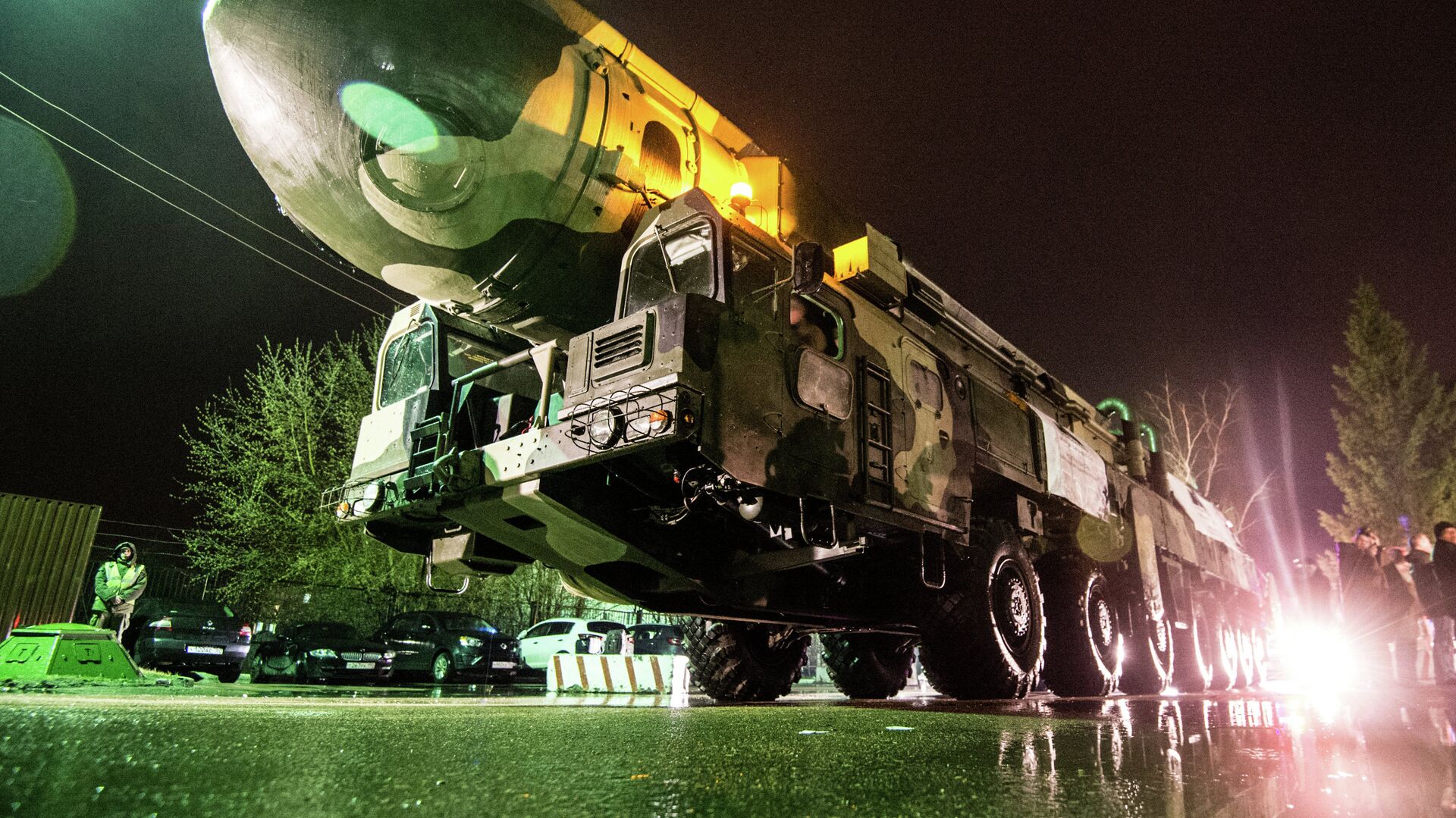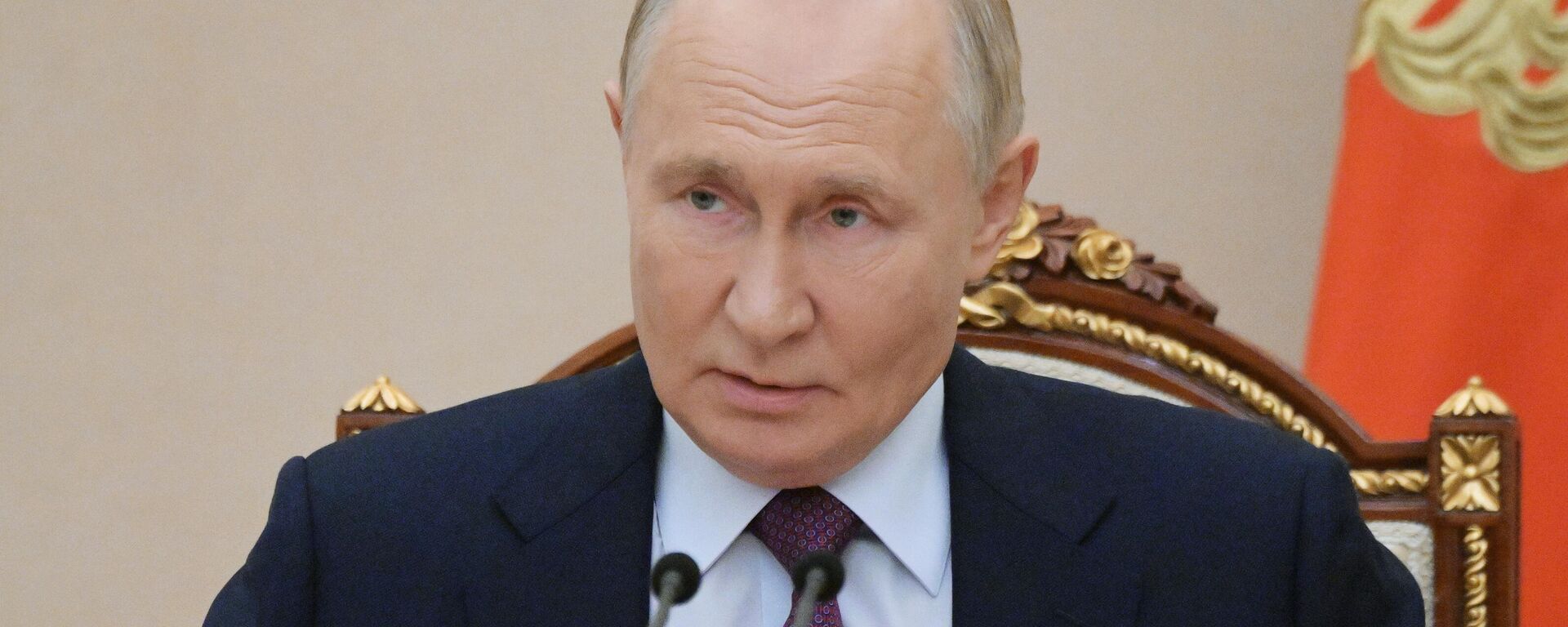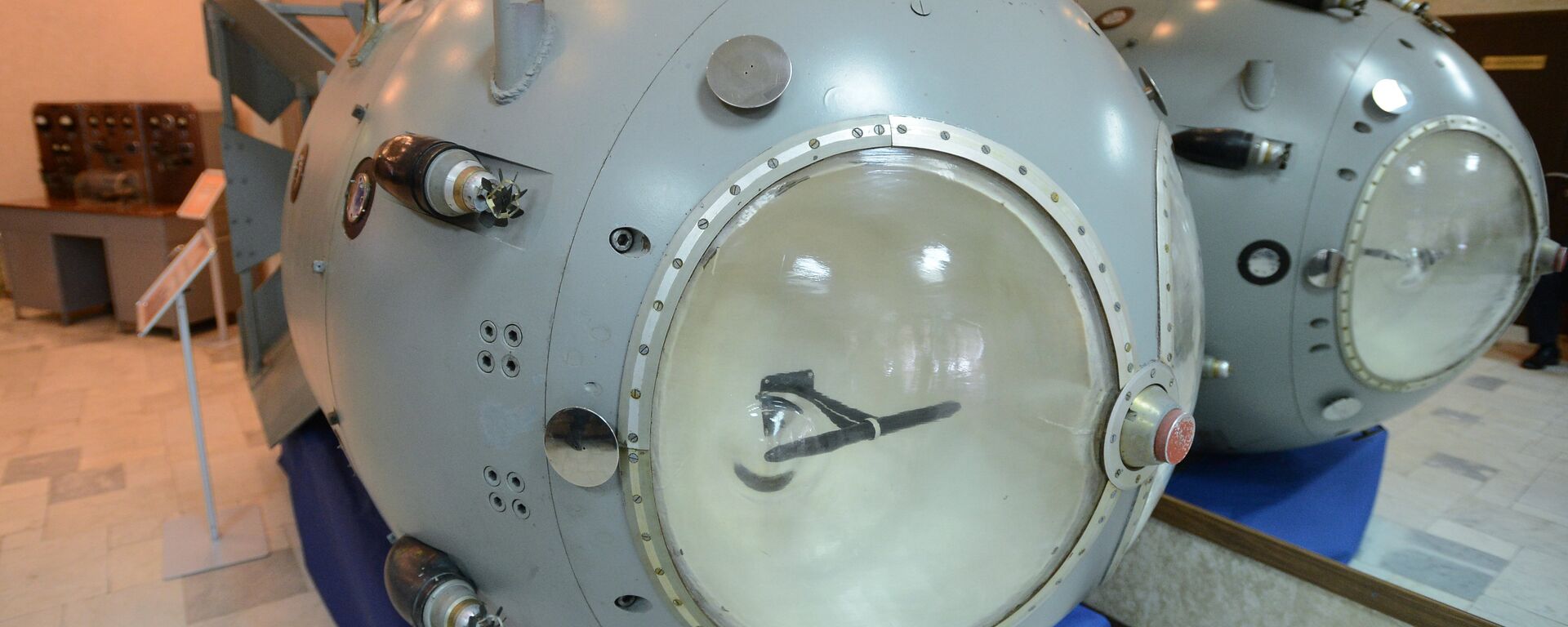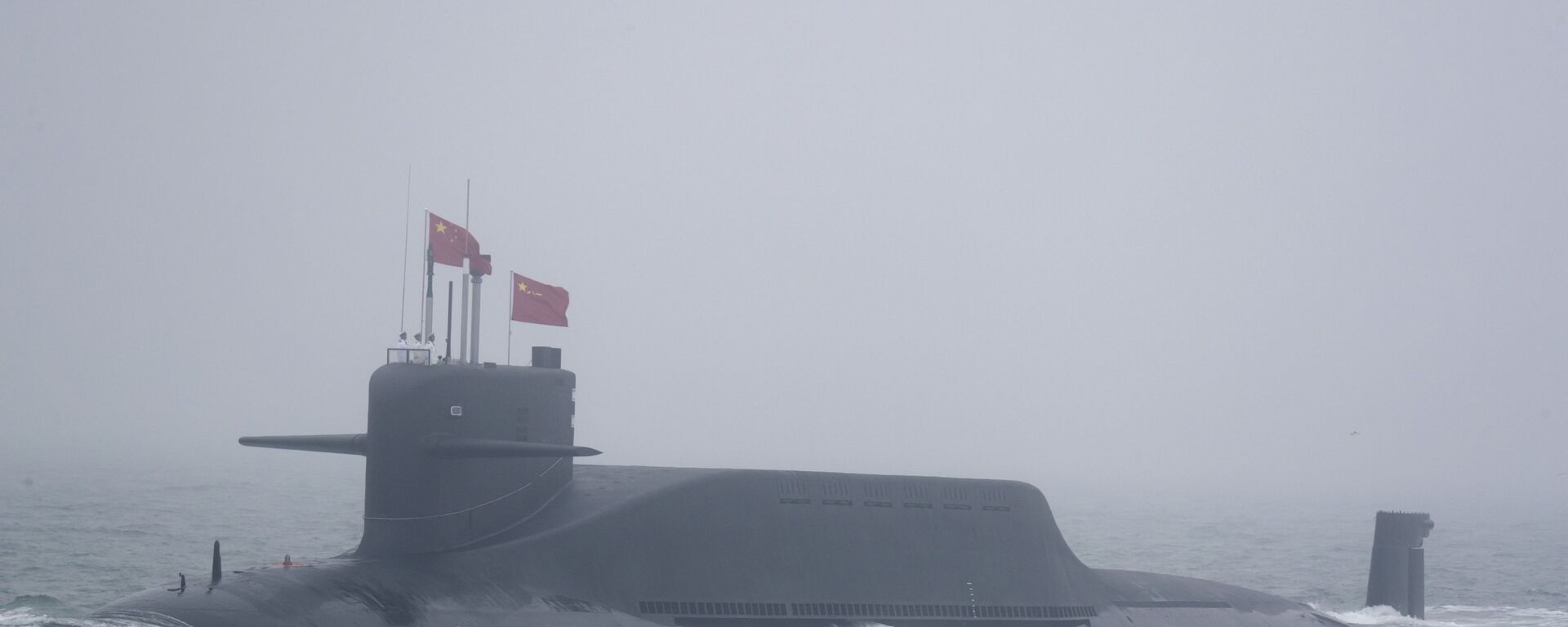Detailed Breakdown of Russia’s Arsenal of Strategic Nuclear Warheads
12:59 GMT 27.09.2024 (Updated: 13:31 GMT 27.09.2024)

© Sputnik / Ramil Sitdikov
/ Subscribe
President Vladimir Putin proposed amendments to Russia’s nuclear doctrine this week to account for emerging threats, including risks posed by NATO’s hybrid warfare strategy. Here’s what's known about Russia’s aggression-deterring arsenal of land, sea, and air-launched strategic nuclear warheads.
Officially, the number and type of nuclear weapons possessed by Russia is a closely guarded state secret. However, estimates based on respected sources, including the Bulletin of the Atomic Scientists, Stockholm International Peace Research Institute, Federation of American Scientists, and information pieced together by Russian media based on official and Defense Ministry statements gives a rough idea of the country’s potential.
Russia has an estimated 1,710 warheads deployed in various carriers at any given time, with another 2,670 in storage, and 1,200 more retired and in the process of being dismantled, for a total of 5,580, according to FAS figures.
Who are world's biggest nuclear powers?
— Sputnik (@SputnikInt) September 26, 2024
As the US and NATO push the world closer to nuclear conflict, it's worth recalling who controls the largest arsenals. Russia and the US hold the majority of the world’s nuclear warheads, with Russia having the largest stockpile.
Other… pic.twitter.com/uhw7Cleqad
That’s well within the limits set out by the now-suspended 2010 New START agreement, which allows the nuclear superpowers to keep 700 deployed missiles and bombers, 1,550 deployed warheads (including missile payloads containing multiple warheads – known as MIRVs) and bombers, and 800 deployed and non-deployed launchers (in missile tube and bomber form).
Russia’s strategic arsenal (i.e. nuclear weapons aimed at maintaining the "mutually assured destruction" balance of terror, not tactical or battlefield nukes, which are not accounted for here) can be broken down by their ground, submarine and aircraft-based launch systems.
Ground-Based Nuclear Missiles
RS-24 Yars: These road-mobile and/or silo-based missiles carry up to three warheads apiece, with the latter possessing an explosive yield of about 200 kilotons of TNT (for comparison, the American atomic bomb that wiped out Hiroshima had a yield of about 15 kt). Russia is thought to possess 772 warheads total for these weapons.
Topol-M: Another road-mobile/silo-based missile, the Topol-M carries a single warhead with an 800 kt explosive yield. Russia has 78 in its arsenal.
R-36M2/RS-20B Voevoda: Another ground-based ICBM, this one carrying warheads with a 550-750 kt payload. A single Voevoda can be armed with up to 10 warheads, and/or decoys. The missiles are being gradually retired, with Russia possessing 46 Voevodas (and 340 warheads for them), according to publicly available estimates.
RS-28 Sarmat: This brand new ICBM can carry up to 16 warheads, each with an explosive yield of up to 750 kt. Some 46 Sarmats are to be added to the Strategic Nuclear Forces over time. The first Sarmat was put on combat duty in 2023.
Avangard: Launchable from Voevoda and Sarmat ICBMs, these maneuverable, hypersonic glide vehicles are designed to zoom through enemy missile defenses, no matter how dense or sophisticated, to their targets. It has an estimated explosive yield of between 800 kt and two megatons in their nuclear variant. Russia is thought to possess seven Avangard systems at the moment, with more expected as upgrades to the nuclear forces continue.
Sea-Based Nuclear Missiles
RSM-56 Bulava: This submarine-launched ballistic missile makes up the backbone of the naval component of the Russian nuclear triad, with each missile carrying between six and ten 100-150 kt warheads (576 total). Lurking in the depths of the North Sea as well as the Atlantic and Pacific Oceans and difficult to detect, subs armed with Bulavas are designed to inflict a devastating counterstrike, and make the enemy think twice about first strike aggression.
R-29RMU2 Sineva/R-29RMU2 Layner: Two more SLBMs, the former possessing a 4x500 kt or 10x100 kt payload, the latter a 4x500 kt or 12x100 kt payload. Estimated 320 warheads total.
Air-Based Nuclear Delivery
Tu-95MS: These lumbering, subsonic, turboprop bombers are tasked with launching strategic payloads from standoff ranges. Their armament consists of the Kh-55 and Kh-102 nuclear cruise missiles. Explosive yield of 200-500 kt (Kh-55) or 250 kt-1 megaton (Kh-102). Each bomber can carry up to six Kh-55s, or eight Kh-102s. Estimated total arsenal: 448 warheads.
Tu-160: The Tu-95’s younger, sleeker cousin, these supersonic variable-swept wing strategic bombers can carry up to six Kh-55/102 cruise missiles each. Russia has an estimated 132 warheads assigned to this particular bomber fleet.





